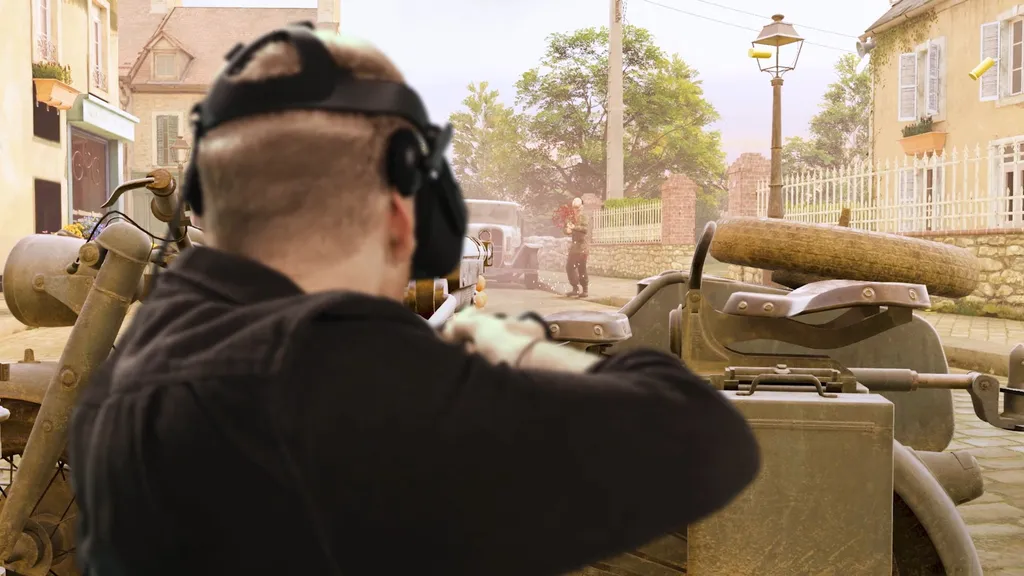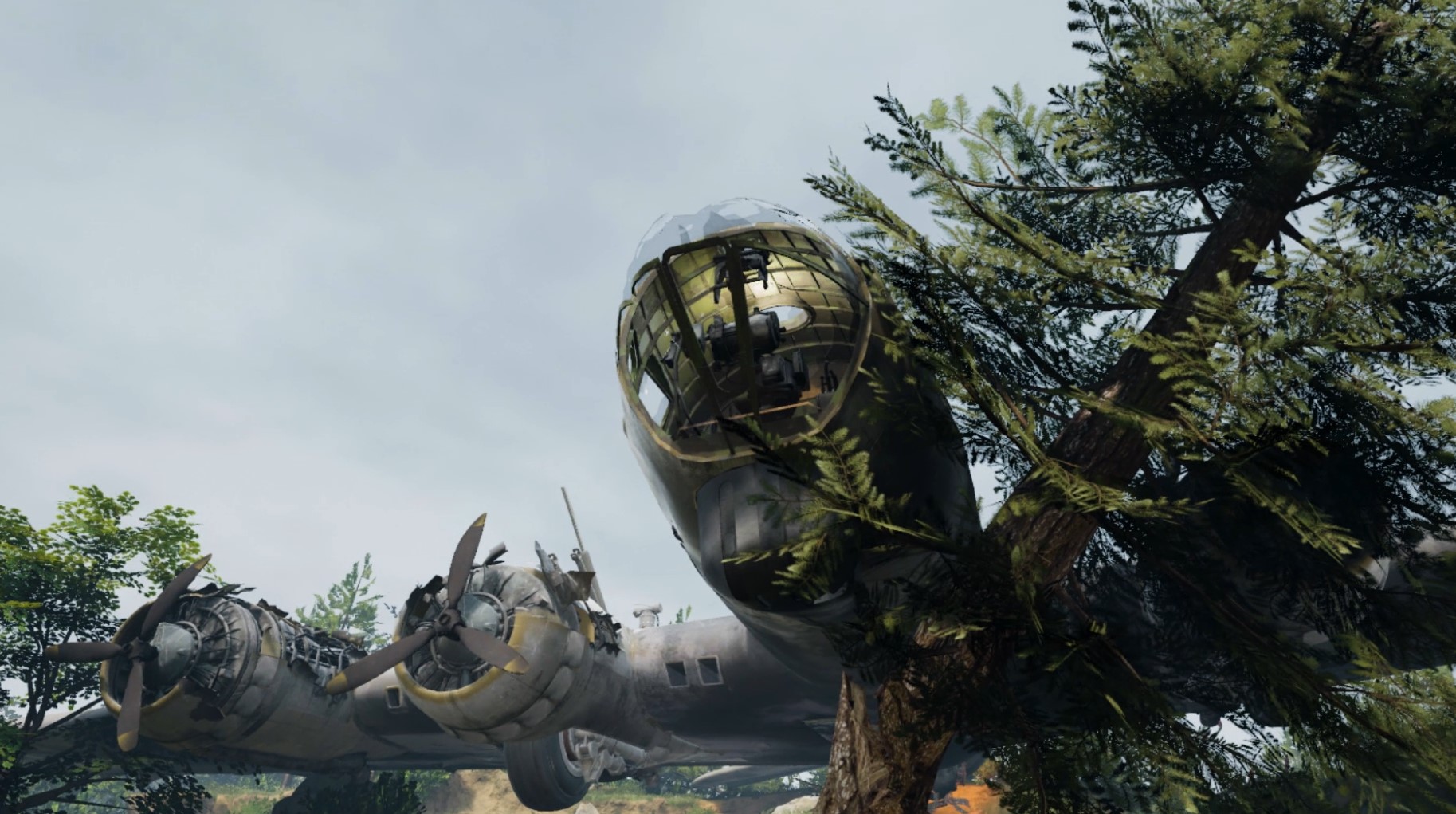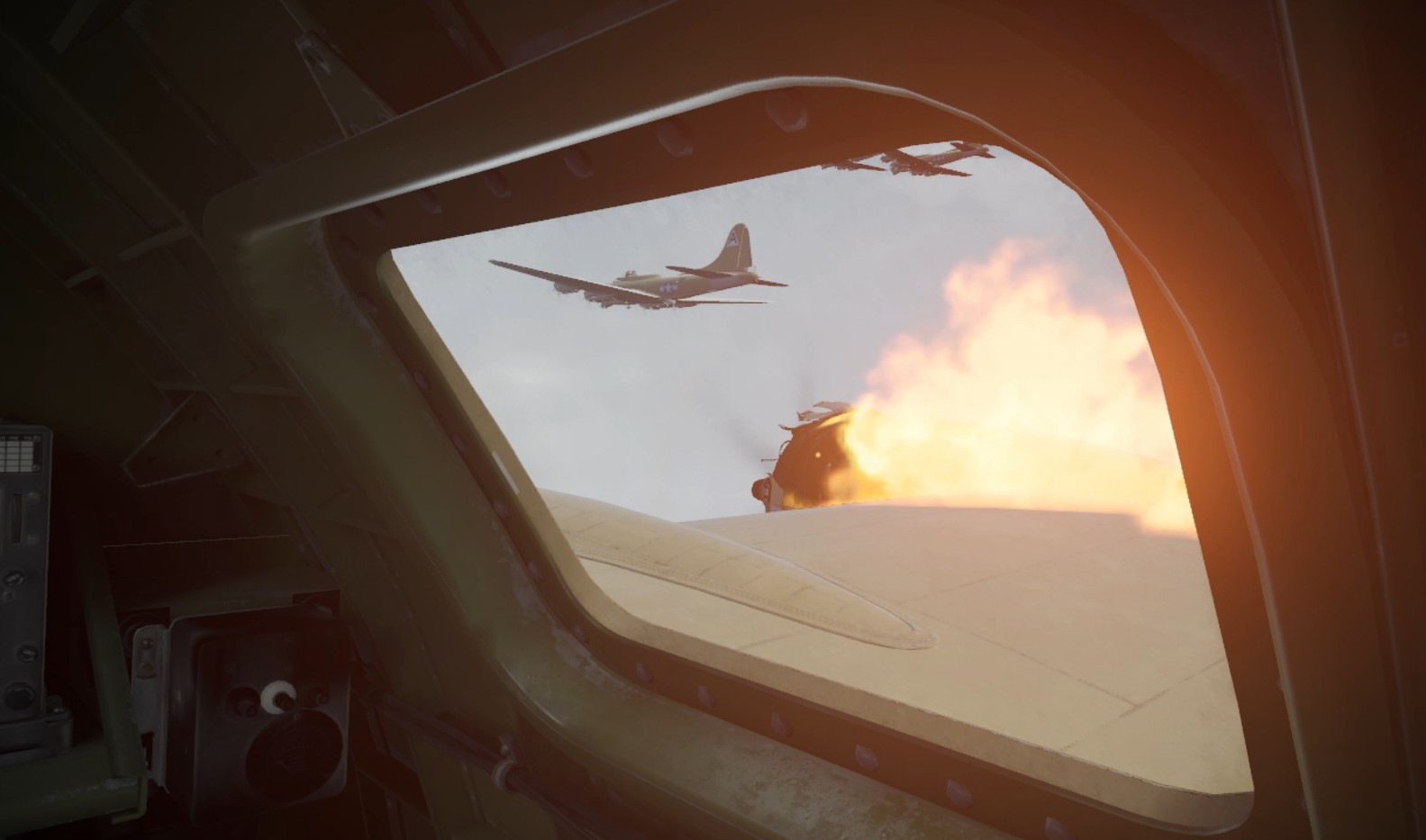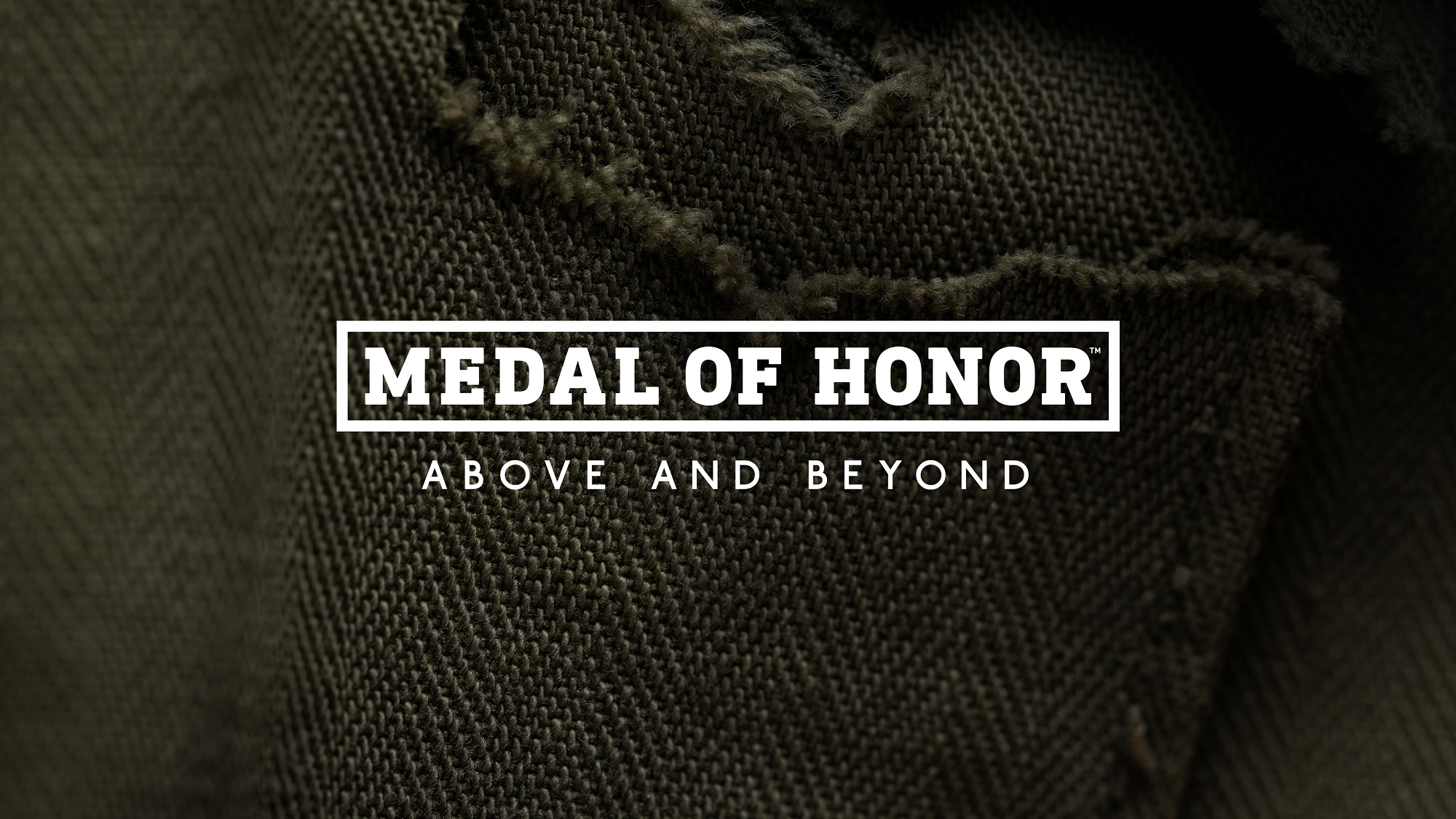We’ve gone hands-on with Respawn’s Oculus-exclusive VR shooter, Medal of Honor: Above and Beyond, and are excited to report it feels like an authentic and welcome return for the long-forgotten franchise.
At a pre-OC6 preview event last week I was able to go hands-on with the game across a handful of different levels and sat through a lengthy presentation that broke down the origins of the franchise, its evolution over the years, and what VR adds to the experience. Without playing the finished game it’s hard to say for certain, but this certainly checks all the boxes of being a AAA-quality made-for-VR shooter the likes of which we haven’t quite seen yet.
When I wrote my predictions last week for what I thought the Respawn VR shooter would be, I didn’t expect to come out feeling like a prophet. I figured it would be a WWII setting (or modern Middle East) and that it would feature a prominent single player campaign that leverages what the studio did well in Titanfall 2. It certainly seems like that’s the case.
I just didn’t predict it’d be a new Medal of Honor game; I don’t think anyone did.
This is significant for a few reasons. First of all, the last Medal of Honor game released seven years ago which is roughly an eternity in the game industry. It did not sell well and was poorly received across the board, hence EA deciding to instead focus on the Battlefield franchise. Getting revived in VR, by Respawn, makes a lot of sense.
And for those unaware, Medal of Honor is the original WWII shooter. Without Medal of Honor we wouldn’t have Battlefield or Call of Duty and likely wouldn’t have shooters as cinematic as we see them today. Prior to its initial release on the original PlayStation, the landscape was very different.
Vince Zampella, one of the founders of Respawn Entertainment and a former founder of Infinity Ward (creators of Call of Duty) actually worked on Medal of Honor: Allied Assault, which is often regarded as one of the very best, if not the very best, World War II shooters of all-time. This means that Medal of Honor: Above and Beyond is a return to the franchise’s roots by re-focusing on World War II, but also a push towards the future by embracing VR as the only way to play from the very beginning.
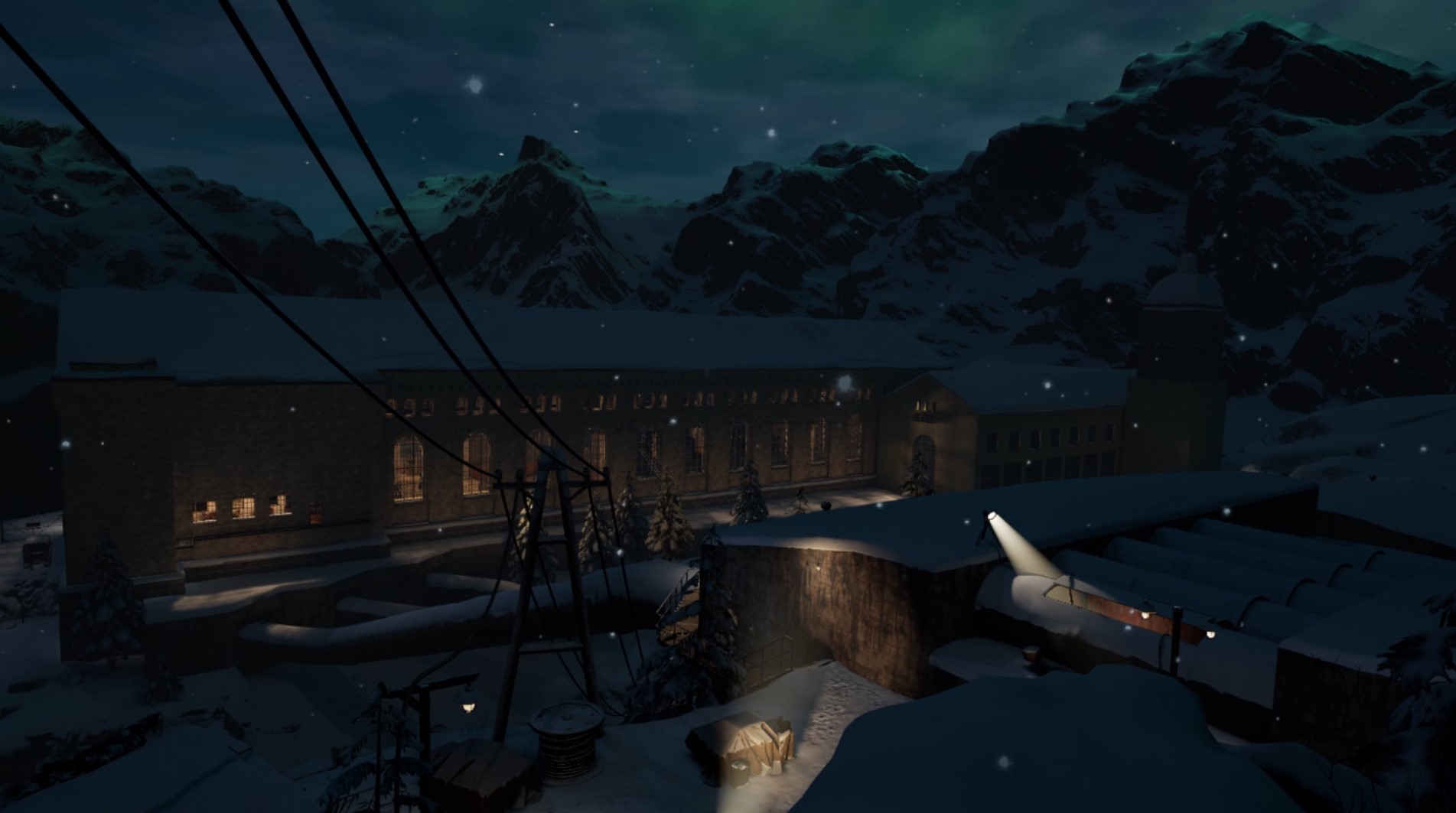
What struck me most immediately when I strapped on an Oculus Rift S for my hands-on demo, is that it looks shockingly good in VR. In the footage and screenshots, the colors seem a bit too vibrant and almost exaggerated (it’s how I felt watching footage for the first time and even looking at it on my monitor now) but inside the headset it certainly feels much more impressive. The clarity and sharpness is there and the production values are just fantastic. You can tell that the team went to extraordinary lengths to capture authentic audio, fully render authentic 3D models of planes, tanks, ships, and more, and actually film 360-footage on-location across Europe to aid with accurately reconstructing iconic wartime locations. It’s pretty remarkable.
According to Respawn, Medal of Honor VR will include over 50 levels across three acts totaling at over 10 hours of single player campaign gameplay. That doesn’t include the multiplayer modes, which do exist, but aren’t being discussed at this time.
I asked for more clarity surrounding what “over 50 levels” means, and basically each act has a handful of dedicated missions and each mission is split into multiple segments. So there are over 50 of those dedicated segments. During my demo, each of the missions I did (they took about 15-20 minutes each) were described as individual segments. Furthermore, each segment reportedly will be in a new area without liberally re-using assets. If that all holds true on release then wow, that’s a lot of content.
My demo was split into four segments. First up was a shooting range to teach me the controls and weapon handling, which only lasted about five minutes and was all pretty basic stuff. The first actual level I went into had me infiltrating a Gestapo HQ to locate a list of names of influential French Resistance leaders that the Nazis had acquired. After finding the list, it was my mission to burn it to preserve their identity and continue the fight.
This was a very action-heavy level with Nazis around almost every corner. Lots of corridors for poking my gun around and shooting, I creeped through a kitchen hiding behind counters and taking shots from cover, and eventually mowed down a room with an assault rifle before finding the shotgun, which was just pure kinetic bliss to use. Nothing in this segment really surprised me, but it just reinforced the fact that this is a real AAA shooter made by an experienced development studio that has been here and done this before with proven success.
The second full level was my favorite of the bunch. I began perched on the side of a cliff with a sniper rifle taking a look at a group of Nazis down below. All I had to do was hold the scope up to my eye and my vision automatically becomes magnified down towards my enemies. I don’t mean to brag, but I definitely got all three headshots in a row. And since it was Kar 98k rifle, I had to reload after every shot for authenticity and it certainly made the exchange more intense. The rest of the level was about sneaking up the side of a mountain, climbing up an electrical tower, and snipping some wires.
Finally I explored the ruins of what appeared to be a destroyed lower level of a library, but the upper level apartment was still in tact. After finding a key for a cupboard and discovering a code to unlock a hidden Resistance Fighter planning closet, I had to play a record by a window to alert the rest of the town it was time to strike back against the Nazis in a coordinate assault. This level put on display that gameplay will have some variety and isn’t just all about shooting all the time.
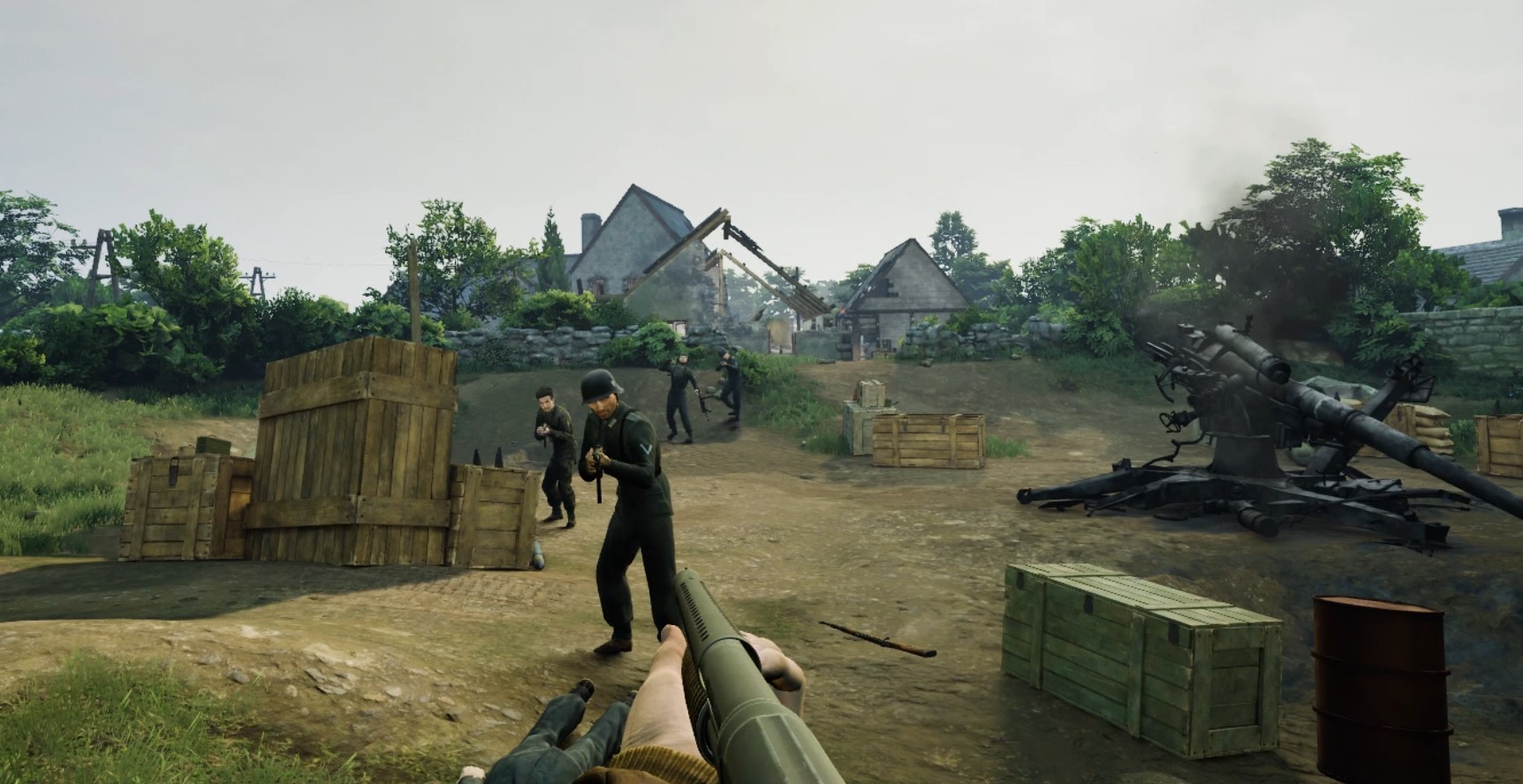
In the full game for Medal of Honor VR you play as an Allied agent of the Office of Strategic Services, who is tasked with infiltrating and outsmarting Nazis as you travel across Europe.
Right now, based on my roughly 45-minute demo, I’d say my biggest reservation for the single player campaign is the narrative, which was mostly stripped out of the demo levels intentionally. I didn’t hear much voice acting at all and the short little mission segments seemed fairly self-contained without much connective tissue tying things together. I’m hoping that, on release, it will play out like an involved and cohesive story – like an extended version of something you’d get from Saving Private Ryan, or like being ported into the boots of a soldier from Band of Brothers. The Medal of Honor series was at its best when it focused on the “boots on the ground” stories and followed soldiers across entire story arcs, fighting alongside one another. I’m hoping Respawn taps back into that emotionally-grounded framing once again for the franchise.
Beyond that, I hope the AI is improved. During the presentation the developers made a point to emphasize how smart the AI was, but half the time during my demo Nazis would get stuck on the edge of tables, run into walls, or just stand out in the open waiting for me to return fire instead of finding cover. This was countered by the other half, where the AI seemed to work closer to what was intended. Still not impressive at all, but capable for a modern AAA shooter in those moments.
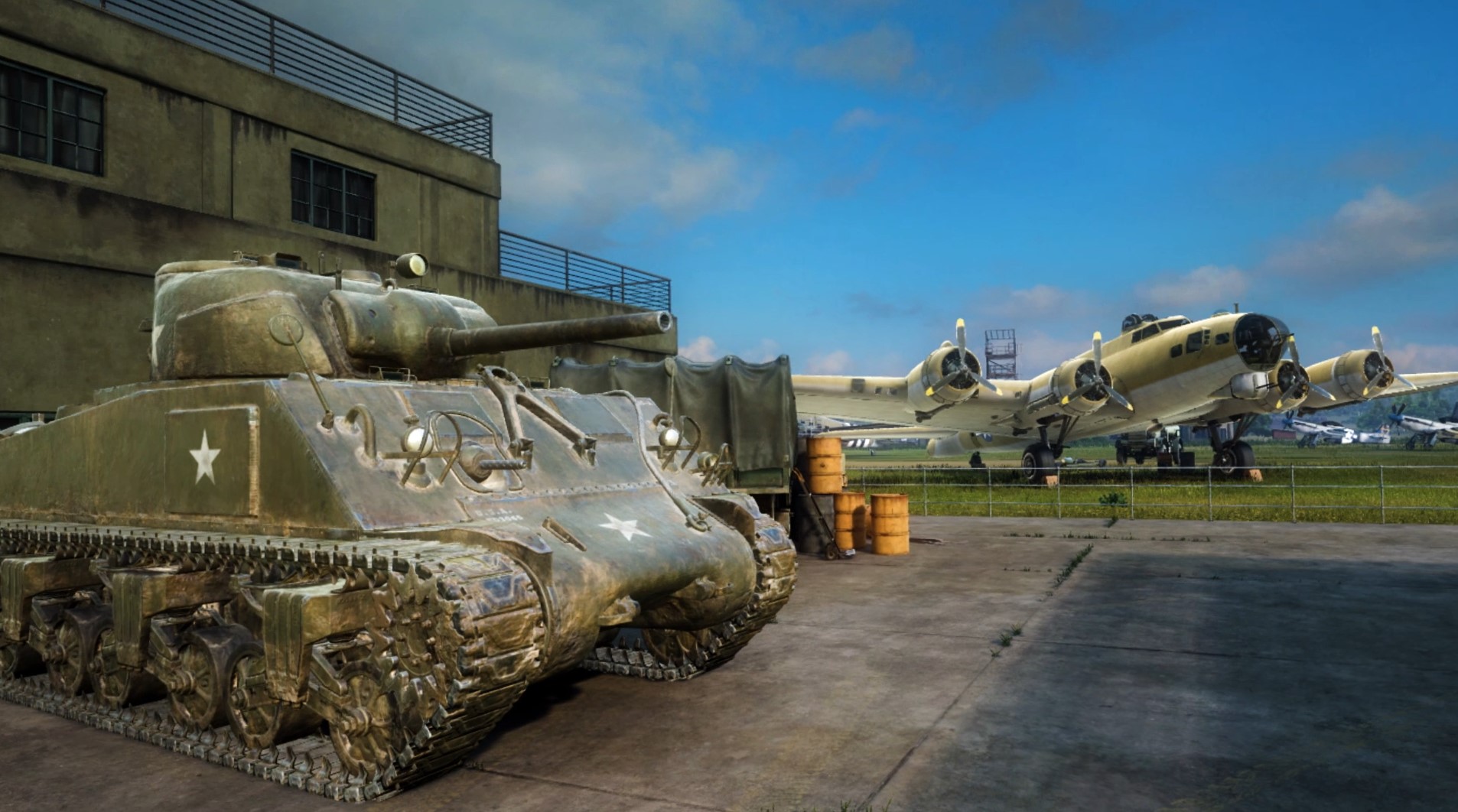
If you’ve played PC VR shooters before, such as Onward or Pavlov, then you’re probably exceedingly familiar with how clunky things can feel — at least at first. Both of those games require you to accurately navigate your gun to release magazines, insert new magazines, load the chamber, and manipulate the gun, all while in the heat of battle. I can’t tell you how many times I’ve lost my knife in Onward because I wasn’t looking while trying to place it back in the slot on my character’s body and missed ever so slightly, resulting in it falling on the ground. The same thing happens with grenades sometimes.
To remedy this sort of stuff, Respawn decided every item from grenades to guns will automatically go back to its holster when you let go. Reloading guns is somewhere in the middle of ultra-realism and button-press reloading. For example, you still need to eject magazines, insert a new one, and rack the chamber, but most guns are easier to navigate and use quickly. I really enjoyed actually pumping the shotgun after each blast and loading new shells into the gun. It felt really, really good. The sound design and haptics really helped sell the act of firing and pumping. I never wanted to use anything else once I found the shotgun.
That being said, I do think some of the immersion and interactivity is lost by streamlining some aspects of the gameplay. A big draw for VR shooters is usually just how responsive and intricate the interactions are, but Respawn seem focused on removing obstacles to enjoyment for Medal of Honor, which certainly has its own benefits as well.
One extremely bright spot from the reveal event I attended is just how dedicated the developers seem to be regarding maintaining authenticity. They’ve interviewed veterans, visited locations, recorded footage, and even included a lot of those media assets in the game itself, ready for players to view as educational material and place the game in the proper historical context.
I was even shown some footage of a veteran in his 90s using an Oculus Go to view images and videos taken on the spot where he fought over 70 years ago. That’s some powerful stuff that only VR can allow.
Medal of Honor: Above and Beyond, Coming To Oculus Rift in 2020
Medal of Honor: Above and Beyond is slated for release exclusively on the Oculus Rift platform sometime next year in 2020, likely after Lone Echo 2. The game will feature a lengthy 10+ hour campaign and multiplayer modes, but we only got to try out the single player during our demo. Details on multiplayer are presumably slated to be shared at a later time.
Let us know what you think in the comments below!

